Nothing screams"NEW HOUSE!" like the landscape around it. This can be frustrating if you are a gardener. Sometimes, starting over from scratch can be overwhelming when the garden is small and scrawny – or when you're starting from a blank canvas. Personally, I want instant gardens, and I want them now. Who has time for patience? Not me!
Fortunately, there are strategies you can use to give your new landscape a timeless, well-established look sooner. Here are a few ways to make your house go from “We just built this” to a lovely landscape that makes your house look like it's been lived in for many years.
Jump to:
- 1. Choose Easy-Growing Plants for Your Area
- 2. Plant Larger Specimens
- 3. Create Layered Planting Schemes
- 4. Use Perennials and Spreaders
- 5. Incorporate Aged and Weathered Elements
- 6. Use Vigorous Climbers and Vines
- 7. Choose Natural-Looking Hardscaping
- 8. Create Focal Points with Character
- 9. Encourage Moss Growth
- 10. Add Evergreens for Year-Round Structure
- 11. Add Personal and Meaningful Plants
- 12. Prune Strategically
- 13. Choose a Cohesive Color Scheme
- 14. Install Historic-Looking Fencing and Borders
- 15. Be Patient and Let Nature Take Its Course
- Conclusion
1. Choose Easy-Growing Plants for Your Area
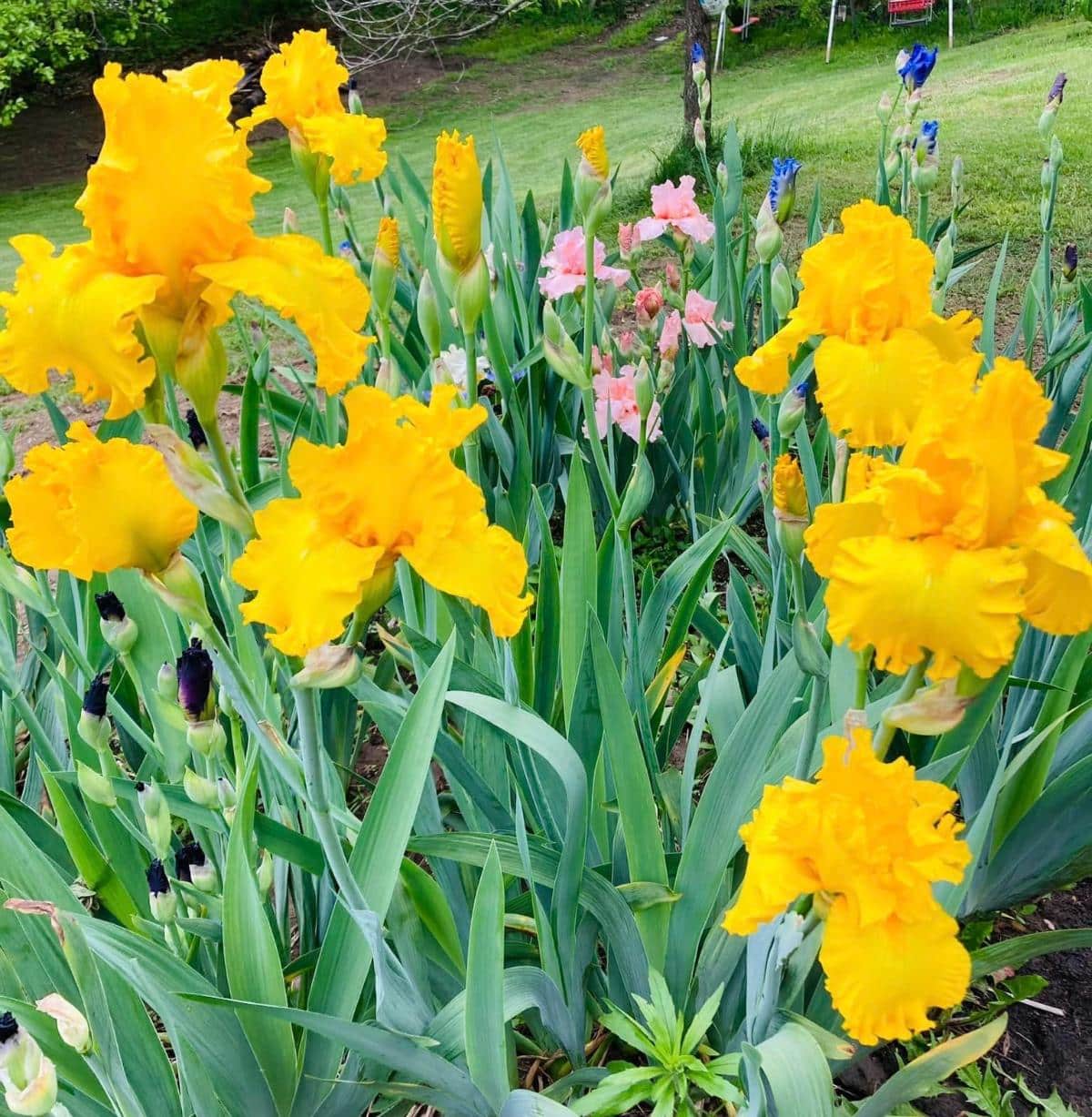
One way to create a mature-looking garden is choosing easy-growing, vigorous plants that thrive in your area. Matching the growing needs of plants to your garden’s conditions ensures they will grow healthy and lush, and give you a more established landscape quickly. Bonus: Easy-growing plants suited for your area are more vigorous and require less care.
2. Plant Larger Specimens
If your budget can handle it, choose the largest trees and shrubs you can afford. Often, the best choice for larger specimens would include balled-and-burlapped trees and shrubs. These mature plants provide instant impact and give the garden a sense of age. Large plants offer immediate gratification, which is great. If larger trees are not feasible, consider using shrubs that can be pruned to resemble small trees, giving your garden vertical interest and a more established appearance.
3. Create Layered Planting Schemes
Layer your plants. What does that even mean? Well, in a well-layered garden, plants of varying heights and textures are arranged to mimic the natural progression of a forest or established landscape. This includes a mix of trees, shrubs, perennials, ground covers, and climbers. Layering not only enhances the visual appeal of your garden but also encourages biodiversity, which is a hallmark of mature landscapes. Everybody wins!
4. Use Perennials and Spreaders
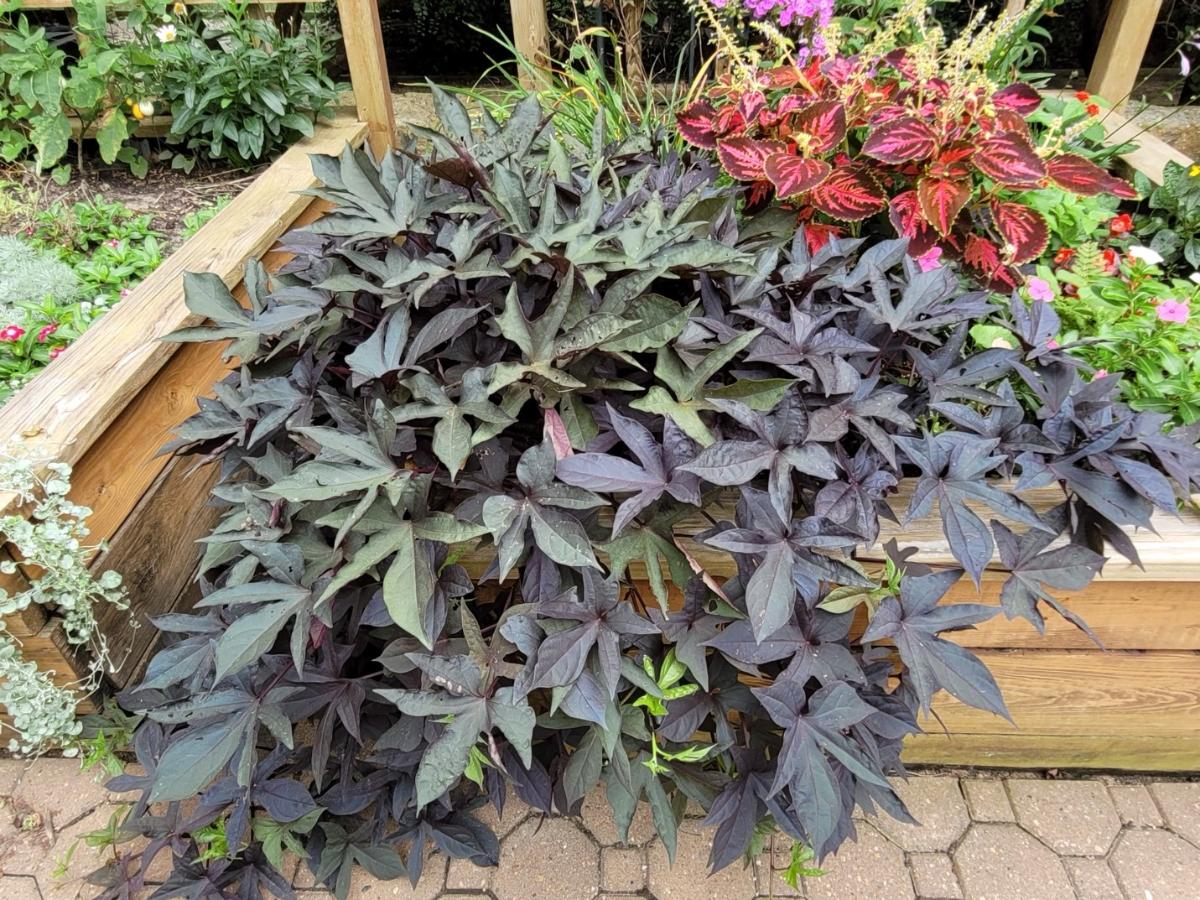
I love perennials. Perennials are a fantastic way to add longevity and continuity to your garden. And you only plant them once because perennials return year after year – which is my favorite thing about them. Perennials eventually fill empty spaces, giving the impression that they’ve been growing there for a long time.
Though I’m a perennials fan, annual plants can play an important role. Spreading and self-seeding annuals naturally fill in gaps and create a more mature look over time. Sweet pea, cosmos, alyssum, and other old-fashioned favorite annuals will readily reseed and pop up between your other plants, giving your garden a friendly and fuller look.
5. Incorporate Aged and Weathered Elements
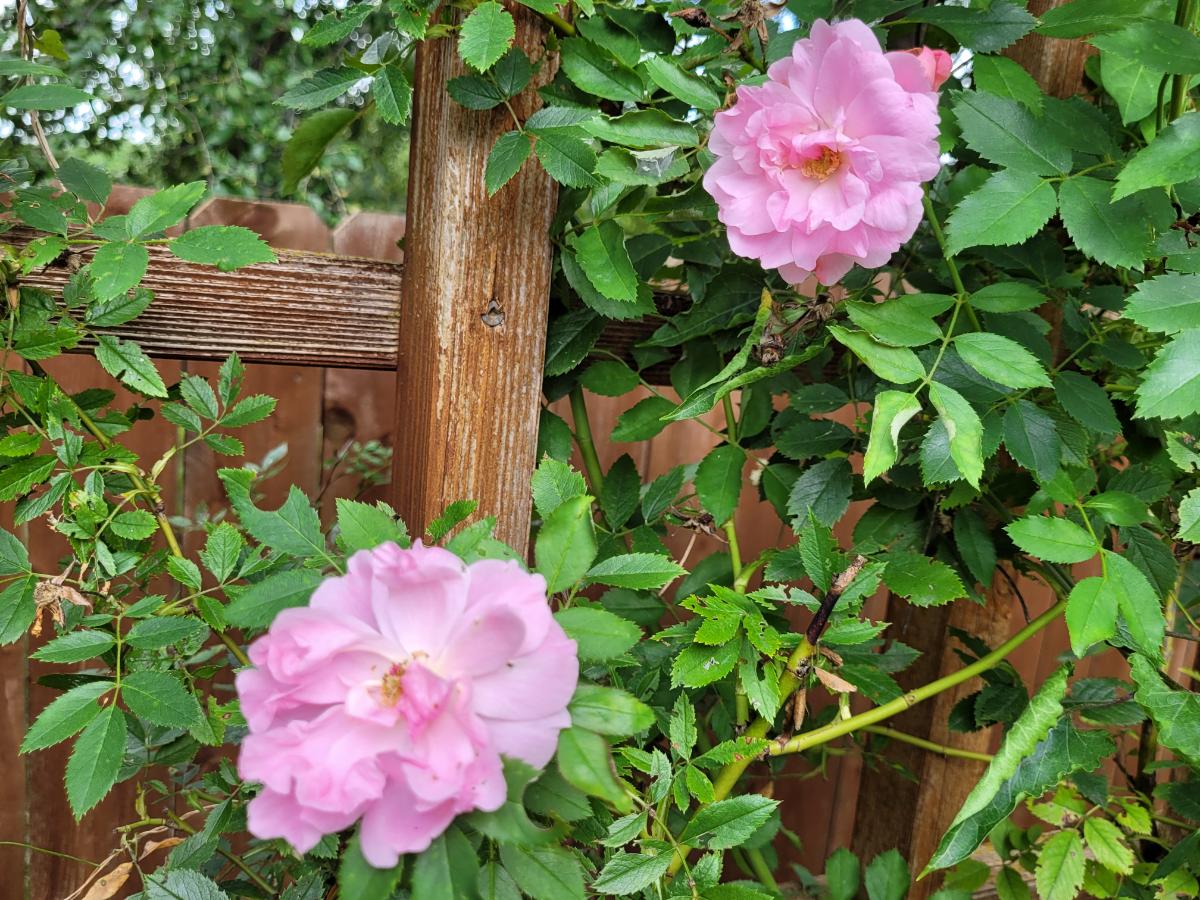
Nothing says "established" like the look of aged materials. Incorporating old bricks, reclaimed wood, or weathered terra-cotta pots into your garden design can instantly give your space a sense of history.
Sometimes, working on the hardscape can be challenging as far as budget is concerned, but adding a good backbone to your garden can help add a sense of age to it. Adding aged stone to patios or paths can make a garden feel more grounded and feel older. Adding recycled materials from other gardens and landscapes can actually be budget-friendly; renovating an existing fence can help a garden feel older and more mature. If your existing fence looks a little run down, a coat of paint will rejuvenate it right away.
6. Use Vigorous Climbers and Vines
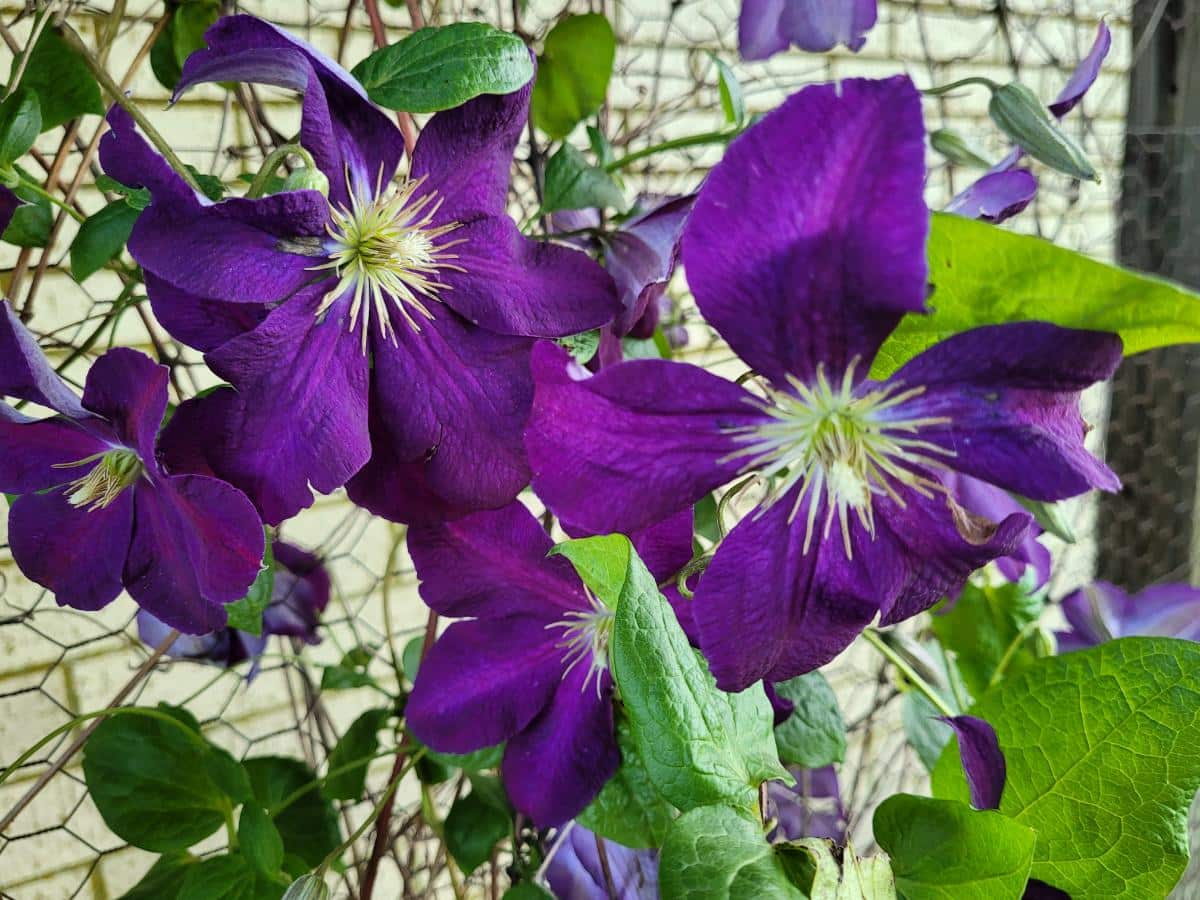
Vines and climbers can quickly scramble over walls, fences, and other vertical surfaces, softening the sharpness of new construction and making your garden feel more enclosed and intimate. Fast-growing varieties like Major Wheeler honeysuckle, which attracts hummingbirds and butterflies, or climbing roses like the Peggy Martin rose, can transform a space in just a couple of years. The natural draping of vines suggests that the garden has been growing and evolving for a long time.
Plants like creeping thyme, button fern, or Irish moss are excellent choices for planting between stones or along paths. Let them spill over edges and soften hard lines.
7. Choose Natural-Looking Hardscaping
Hardscaping elements like patios, pathways, and walls are necessary for functional outdoor spaces, but they should be used sparingly to maintain the lush, overgrown look of an established garden. Natural materials like stone, brick, or gravel are preferable to concrete or plastic as they blend better with the surrounding plants.
Reclaimed materials are even better in a garden.
8. Create Focal Points with Character
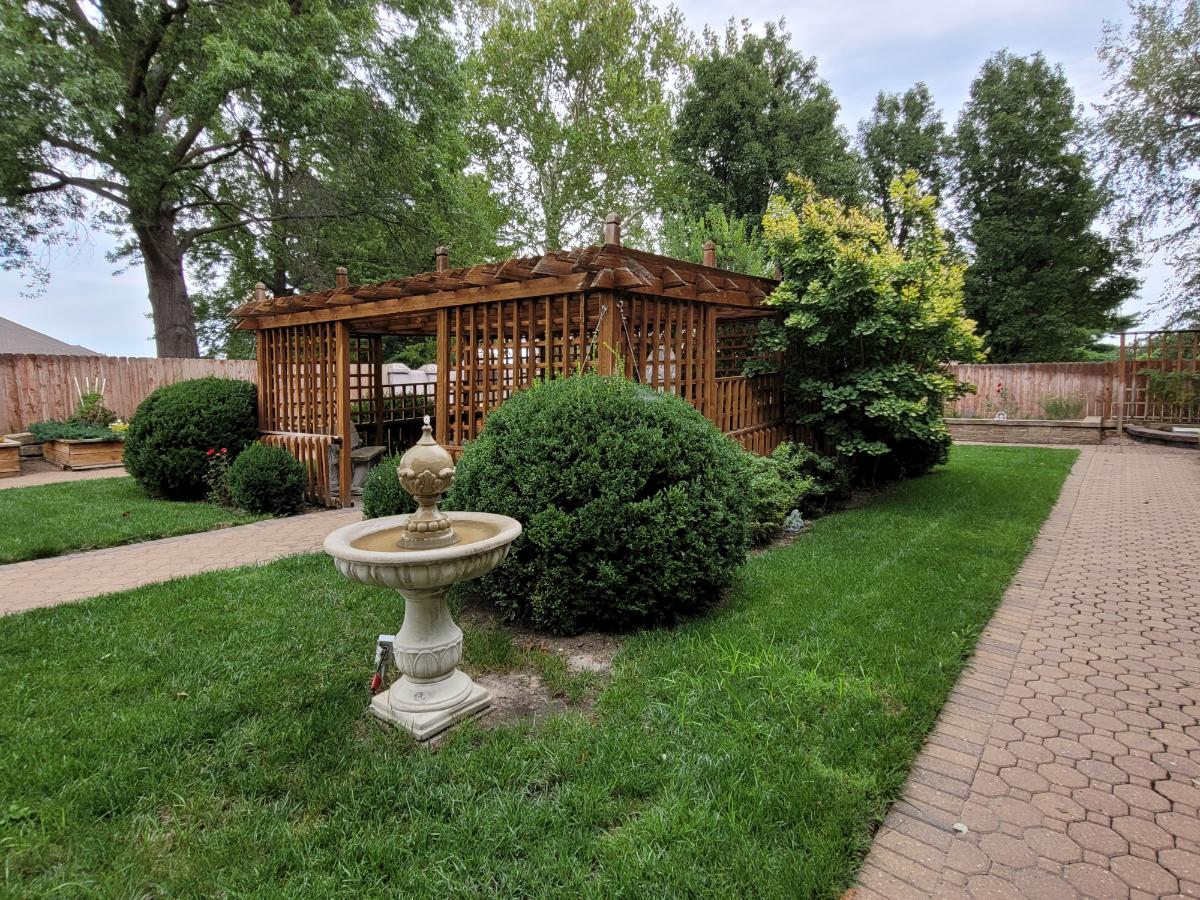
Adding focal points such as antique urns, Victorian benches, oversized birdbaths, or heirloom gates can instantly give your garden a sense of history and charm. These elements should be chosen carefully to complement the overall aesthetic of your garden. Be mindful not to over-accessorize, as a few well-placed items are more effective at creating a mature look than an overload of decorations.
Learn More:
- 12 Must Have Products for the Organic Gardener
- How to Keep Aphids Out of Your Organic Garden (10 Ways)
9. Encourage Moss Growth
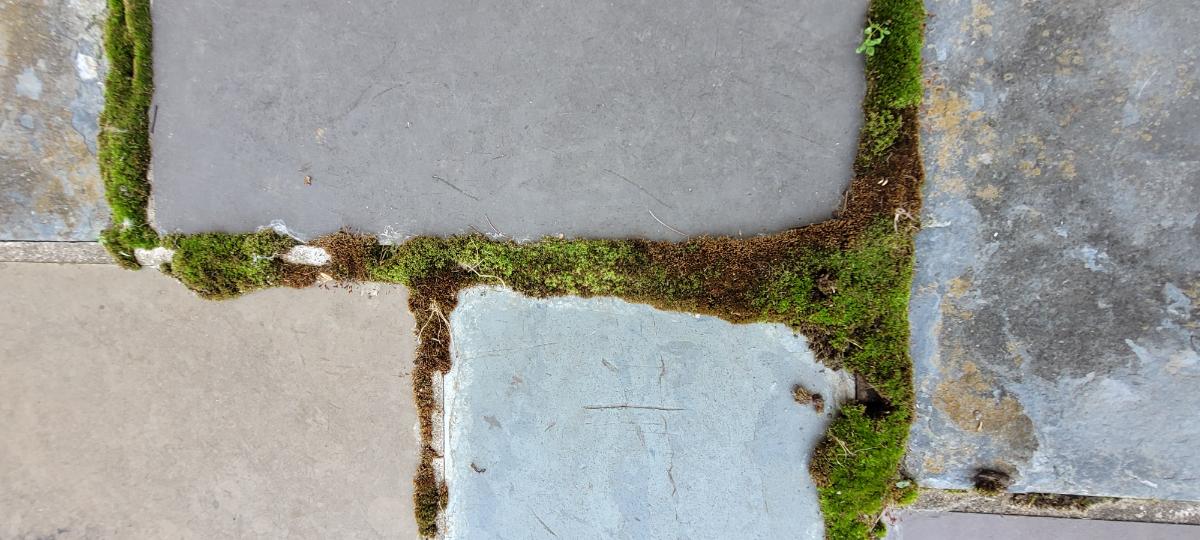
Moss is one of the oldest plants on earth, and its presence can instantly make a garden feel ancient and moody. Collecting moss from old neighborhoods or woodland areas and adding it to your garden can be a quick way to introduce a sense of age and timelessness.
New materials can be aged with a little creativity and moss. Painting buttermilk on bricks and pots can encourage moss growth. A mixture of yogurt and moss spores can speed up the aging process on statues and other garden ornaments.
Moss can be grown between bricks or along pathways, where it will thrive in shady, damp conditions, adding a timeless quality to your garden.
10. Add Evergreens for Year-Round Structure
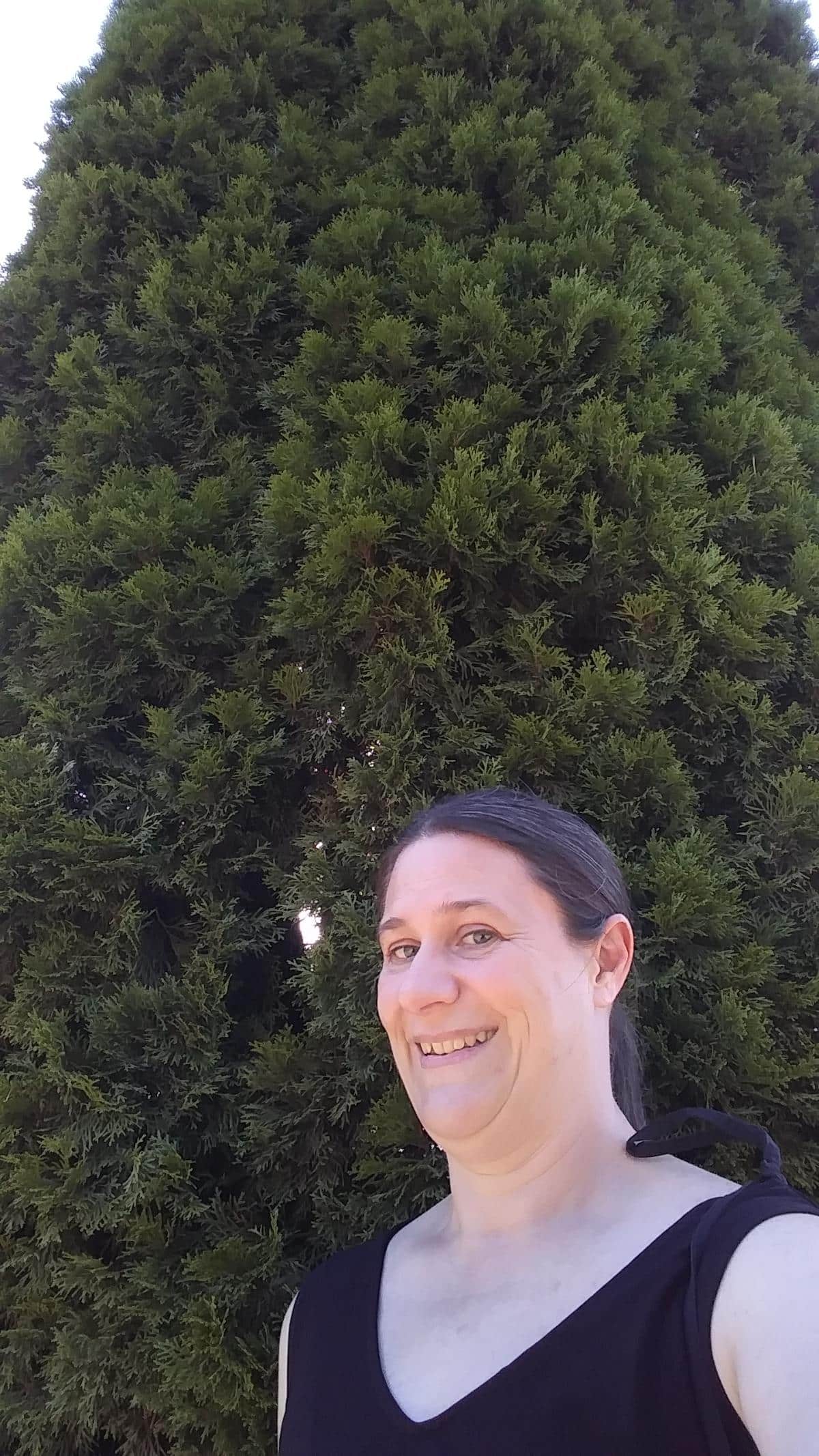
Evergreens provide a stable, year-round presence in the garden, adding color in the deepest part of winter as well as form and texture. Choose evergreen trees and shrubs with interesting shapes or unusual growth habits to serve as focal points and anchor the garden design. The consistent greenery also helps the garden look full and lush, even in the winter months.
Bonus: Birds and other small creatures are protected from the cold and from predators in your evergreens.
11. Add Personal and Meaningful Plants
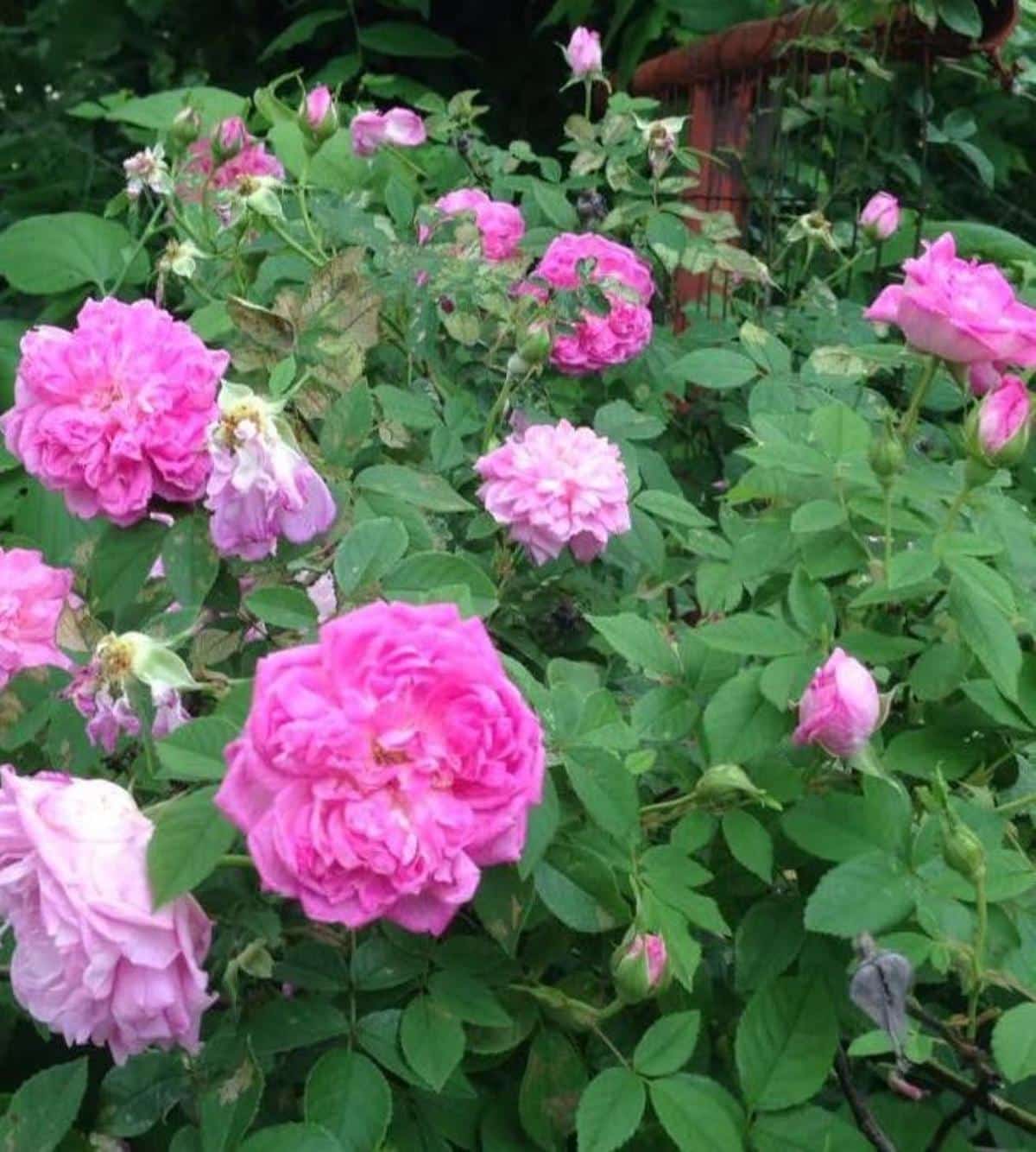
Planting varieties that have personal significance can give your garden a deeper connection to the past. Add flowers you remember from your grandma’s garden, or get cuttings from a friend’s garden. Not only will these plants make your garden more meaningful to you, but they also contribute to the overall sense of continuity and history.
12. Prune Strategically
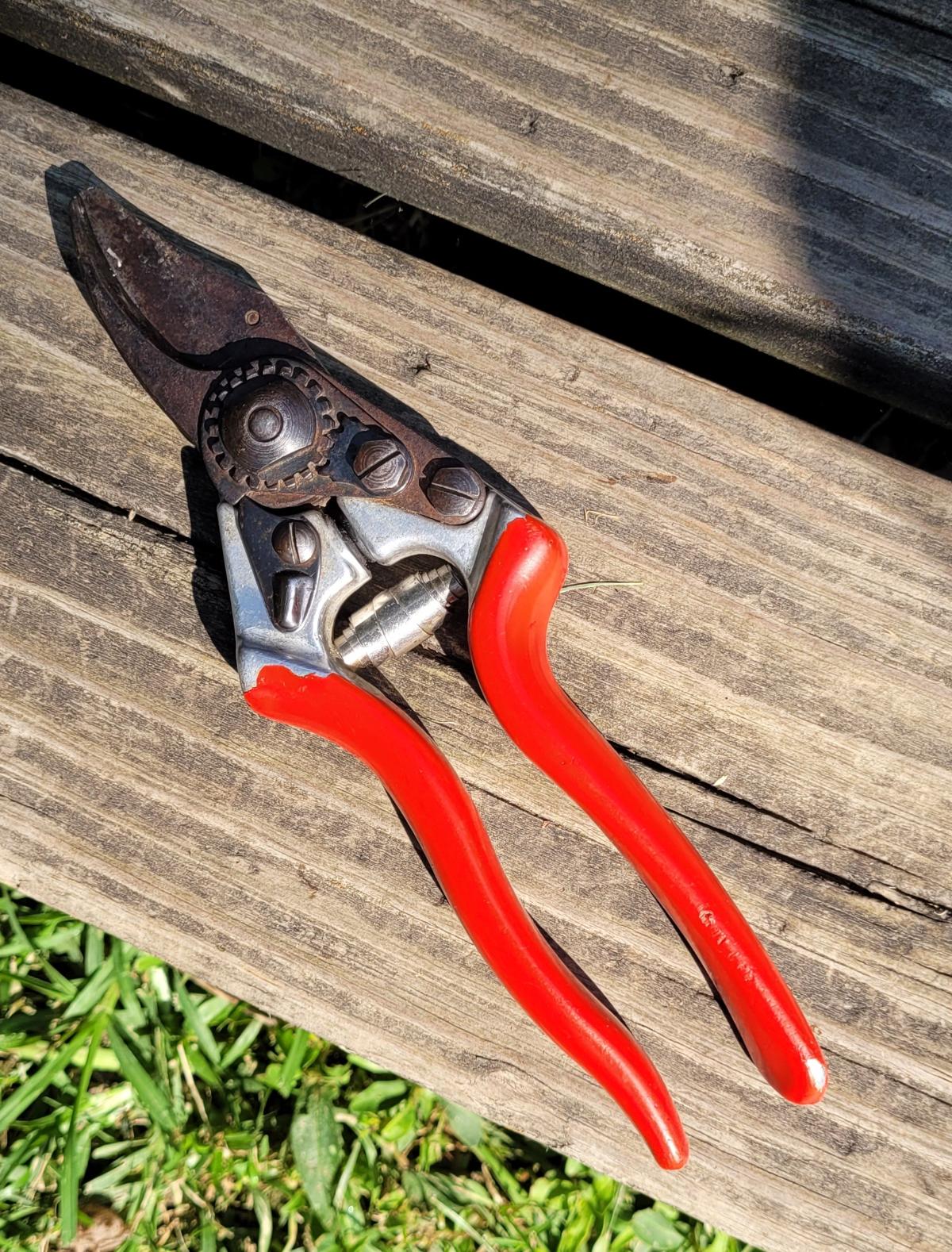
Pruning might seem counterproductive if you’re to achieve a mature look, but it’s an essential practice for encouraging healthy growth and a well-tended appearance. Trimming and pruning your plants might make them shorter for a little while, but it encourages them to branch out, promoting denser foliage, maintaining the desired shape of your plants, and giving the impression that they have been carefully managed.
Read: 18 Trendiest Rose Varieties to Plant
13. Choose a Cohesive Color Scheme
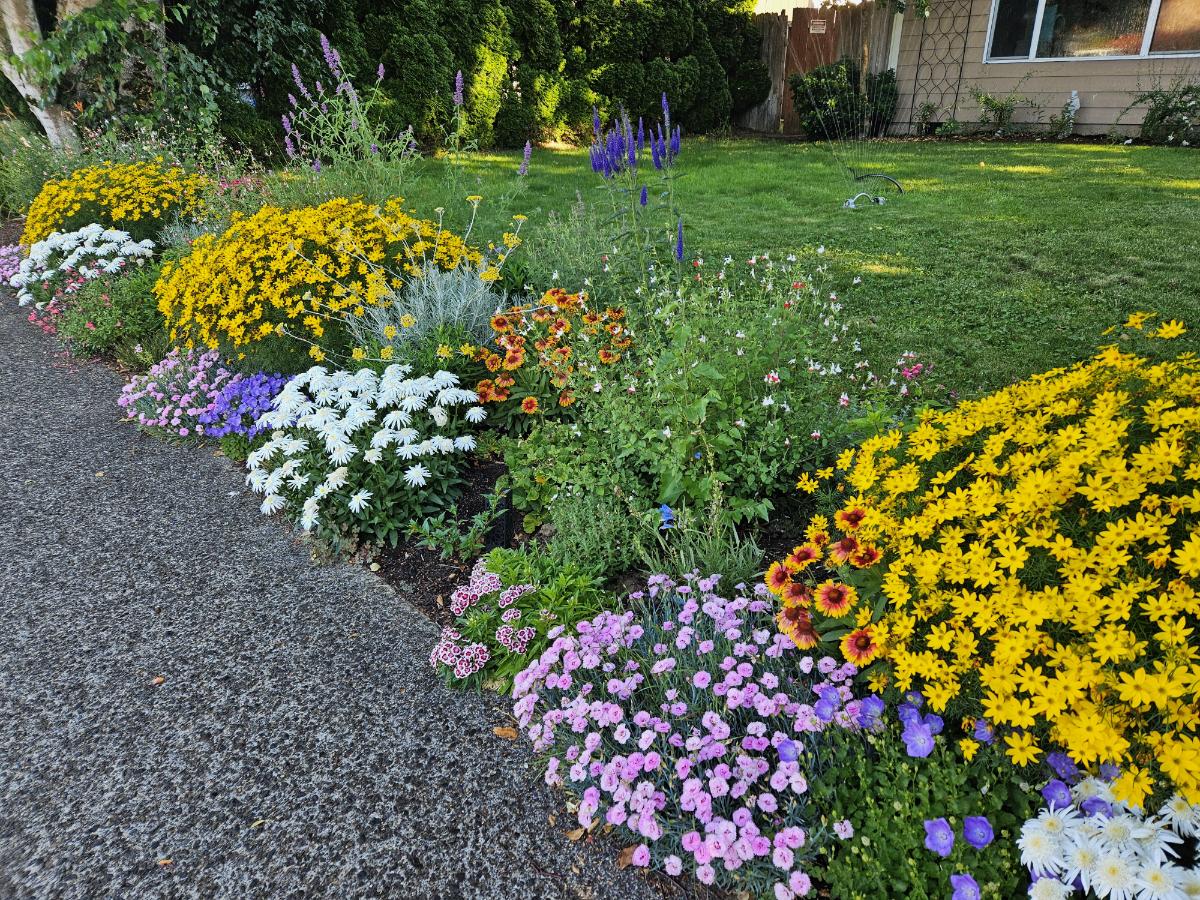
Using a consistent color scheme throughout your garden creates harmony and make the space feel more unified. Repeating colors like muted greens, soft blues, and warm earth tones can draw the eye and help different areas of the garden flow together naturally.
14. Install Historic-Looking Fencing and Borders
Fences and borders play a crucial role in defining garden spaces and creating a sense of enclosure. Choose fencing materials that look aged. Reclaimed wood fences or antique metal will make your garden look more historic. Use native hedging plants to create natural boundaries that blend seamlessly with the surrounding landscape.
15. Be Patient and Let Nature Take Its Course
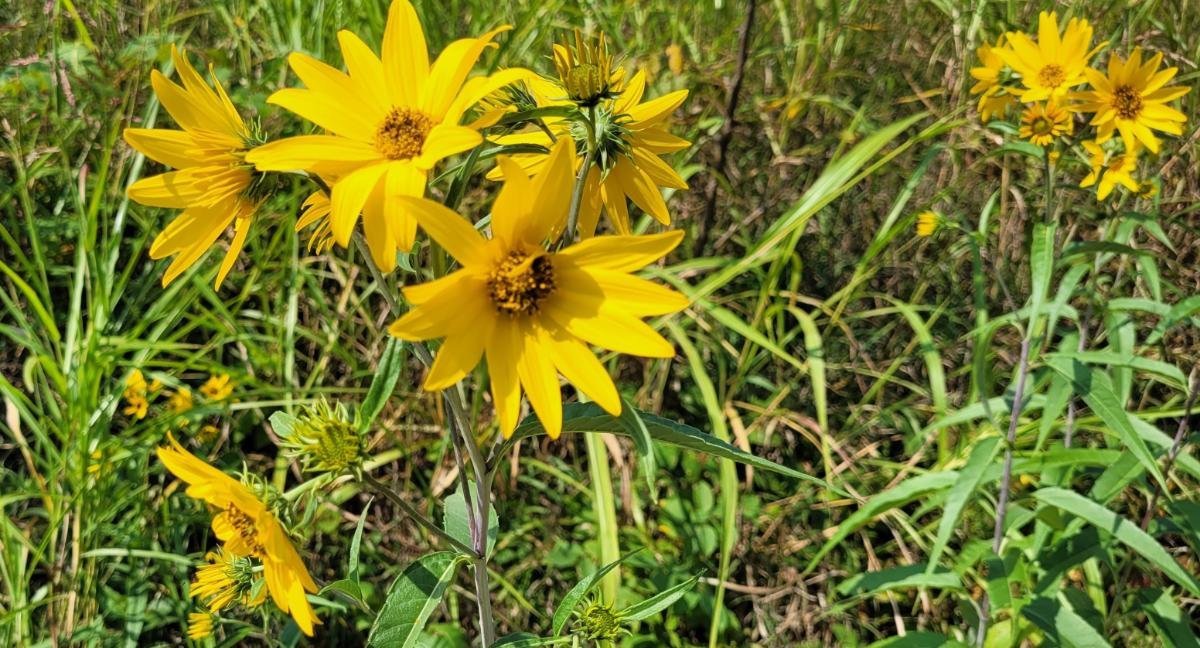
Finally, remember that creating a mature-looking garden is as much about patience as it is about strategy. “Patience? Who has time for patience?” Well, for one thing, your plants do. While there are ways to speed up the process, the natural growth cycles of plants will still take time. It’s just how they roll.
Embrace the evolving nature of your garden and allow it to develop its own character over the years. Gardens change all the time. They’re very robust and very capable of reinventing themselves – thank goodness.
Conclusion
So, by following these tips, you can create a garden that looks like it has been growing for years, even if it’s brand new. With careful planning, thoughtful plant selection, and a few creative tricks, your garden will quickly become a mature, beautiful, and inviting space.
Read more gardening advice from Rosefiend Cordell.

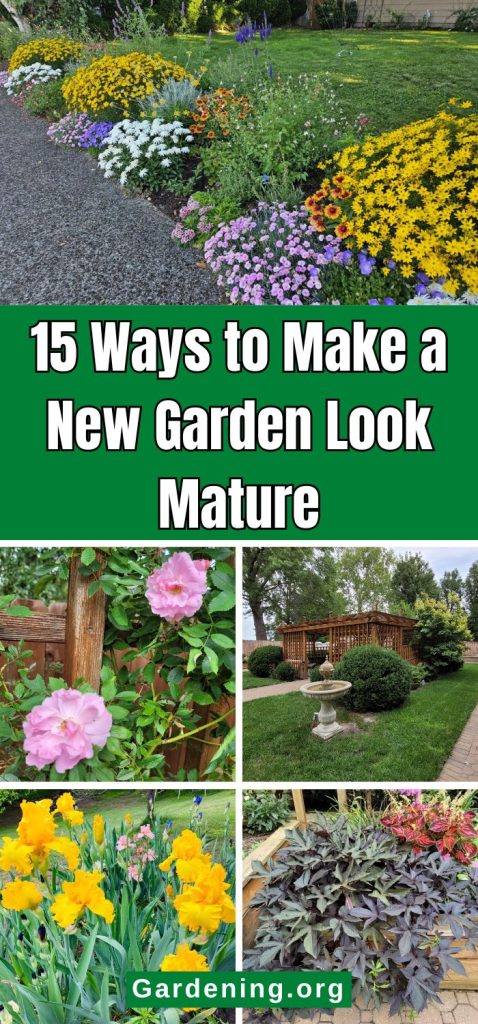
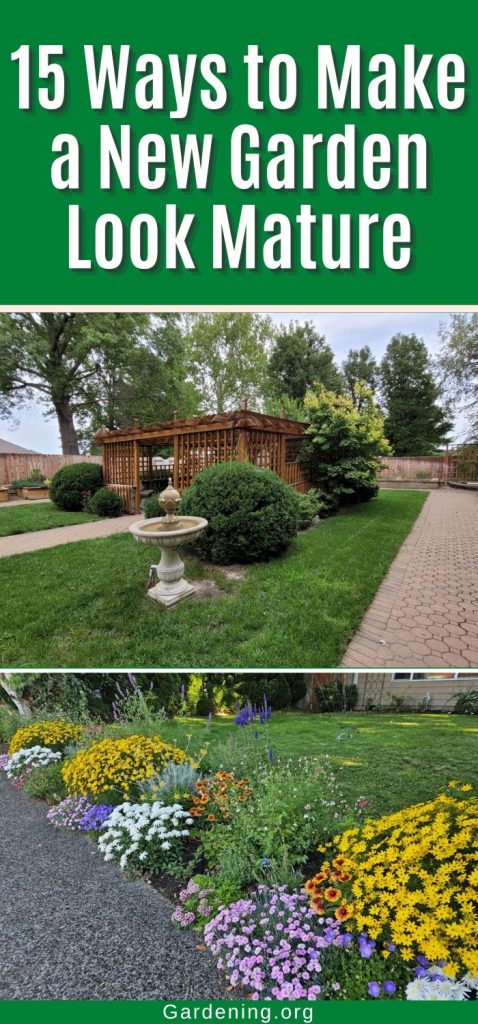
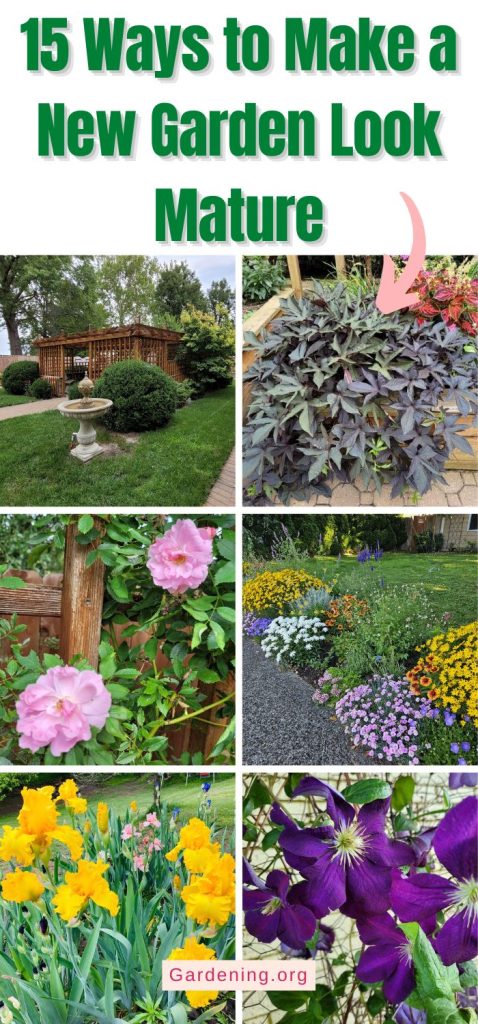
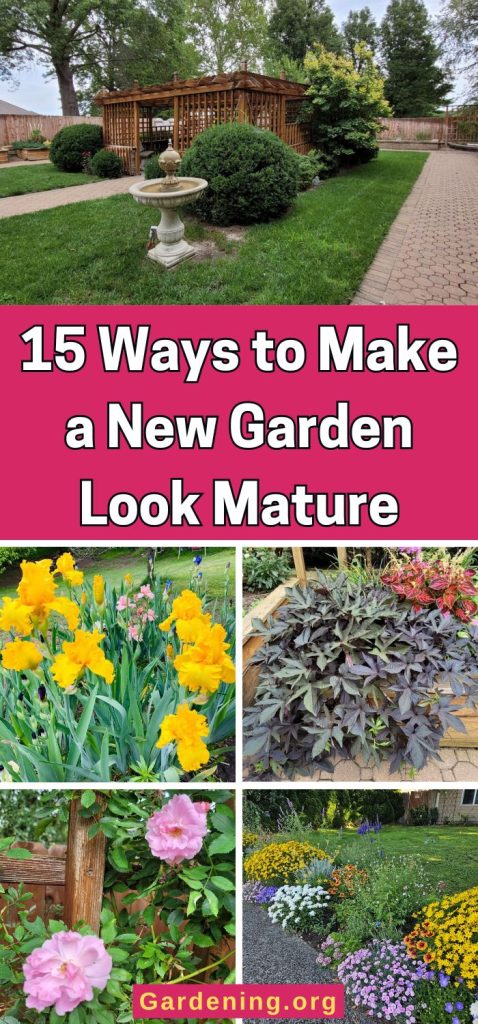
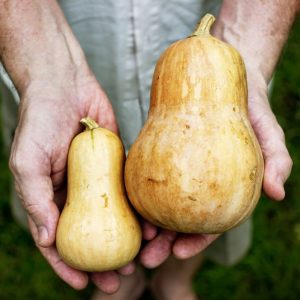
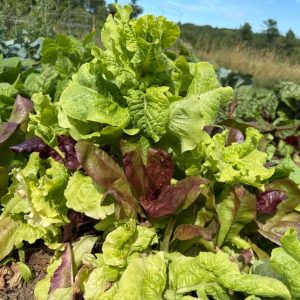
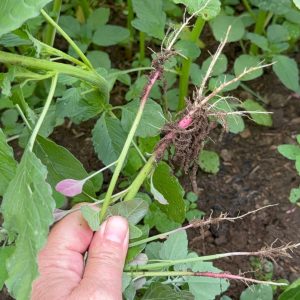
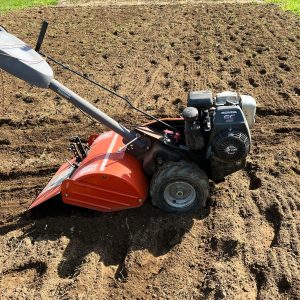
Leave a Reply